Filter by
Case studies (150)
RSS
School streets, introduced in the 2010s, close roads near schools to motorized traffic during drop-off and pick-up times. This improves road safety and encourages active travel among students. This case study highlights best practices and lessons learned.

In this case study, we highlight successful approaches adopted in different cities that continue to build on the success of the PARK4SUMP project, supporting the transition from reactive to strategic and holistic parking management.

This case study explores some of the key developments and challenges for ensuring a Just Transition for jobs and skills in urban mobility.
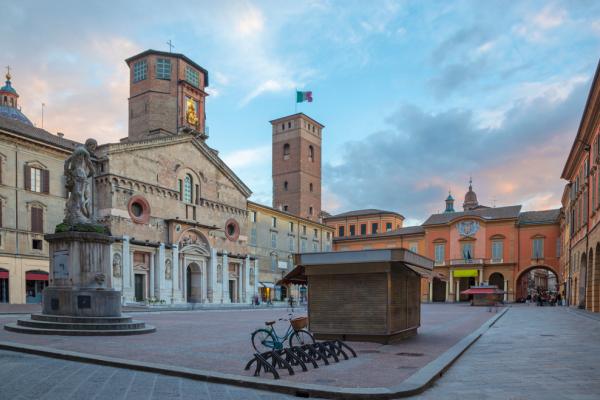
This case study presents the proposed strategic scheme for Reggio-Emilia, developed by TRT Trasporti e Territorio at the mandate of the city authority, targeting logistics operators, retailers, and households with tailored infrastructure, services, and governance coordination.
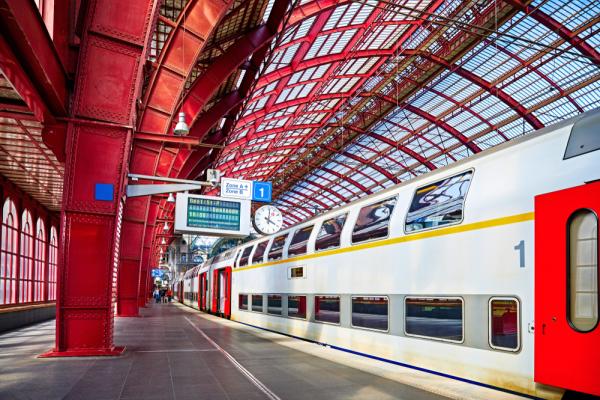
Even though it started as an initiative to keep the city of Antwerp accessible during periods of intensive road works, ‘Smart Ways to Antwerp’ has become an integral part of the city’s SUMP and regional strategy to promote sustainable urban mobility.

This case study explores the pro-cycling initiatives of some front running and up-and-coming cycling cities in Europe: Brussels, Milan and Paris.

The Metropolitan Area of Barcelona approved its Metropolitan Urban Master Plan (PDUM) in March 2023.

This case-study presents the application of transport modelling in Turin to evaluate the impact of transport policies, to support land use and transport planning and the evaluation of the SUMP.
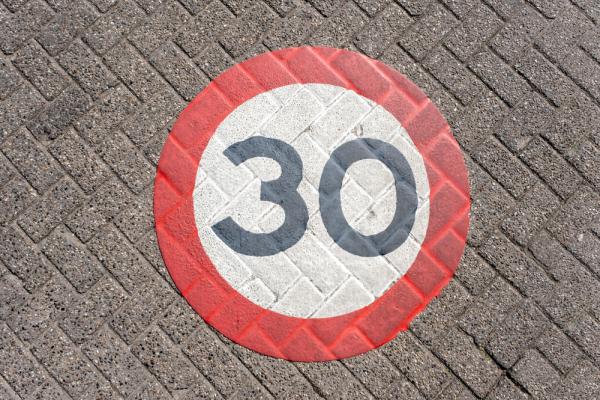
“Good Move” is the sustainable urban mobility plan of the Brussels-Capital Region for the period 2020-2030. One of the first actions delivered by Good Move was to introduce a default region-wide speed limit of 30 km/h, with only a few exceptions for the main traffic arteries.
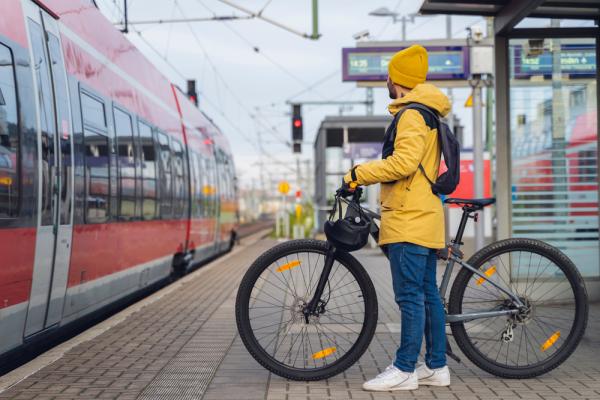
Urban mobility measures have great energy-saving potential and can be implemented at a range of governance levels. This case study showcases some of the measures that have been implemented around the EU.

Sofia is trying to progressively develop sustainable mobility solutions and behaviour. Faced with high congestion and significant air pollution, the city has adopted an integrated approach to improve accessibility, reduce congestion and improve air quality and living conditions.
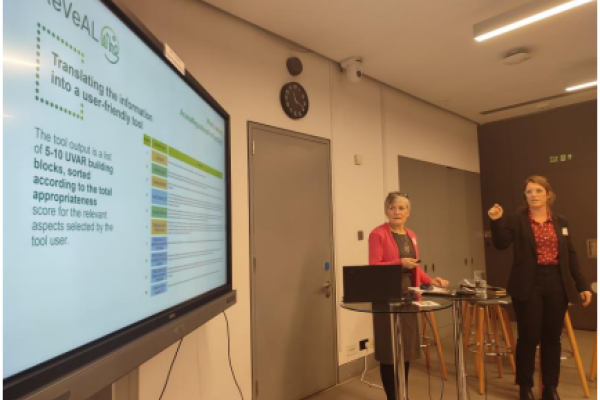
The Horizon 2020 ReVeAL project – Regulating Vehicle Access for Improved Liveability – examined how UVARs could support cities to develop new mobility management strategies, as well as explored the associated pricing mechanisms and regulatory measures.
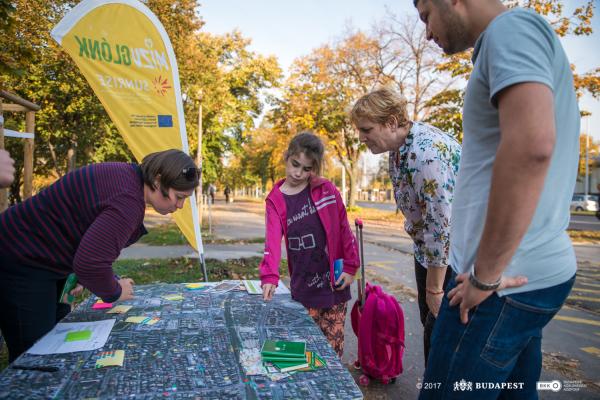
This case study shares how to develop, implement, assess and facilitate co-learning about new, collaborative ways to address common urban mobility challenges at the urban district level through neighbourhood mobility labs.
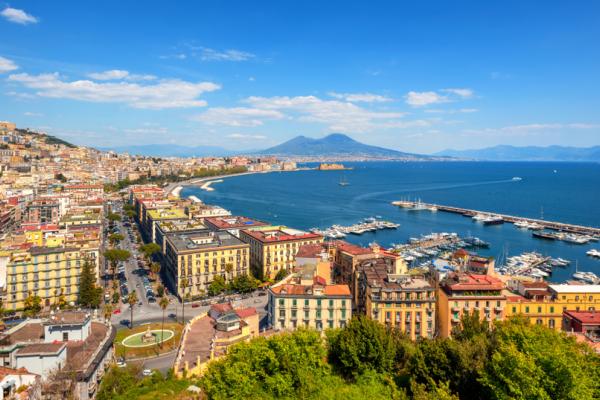
This case study discusses the SUMP of the city of Naples functional urban area, which is a highly urbanised and densely populated territory, a vulnerable area due to the seismic and volcanic risk, and a TEN-T Node.

This case study focuses on ongoing projects which combine innovation, underline the need for the standardisation of the activity, and reveal an unveiled ambition for research into the public perception of the new UAM trends.
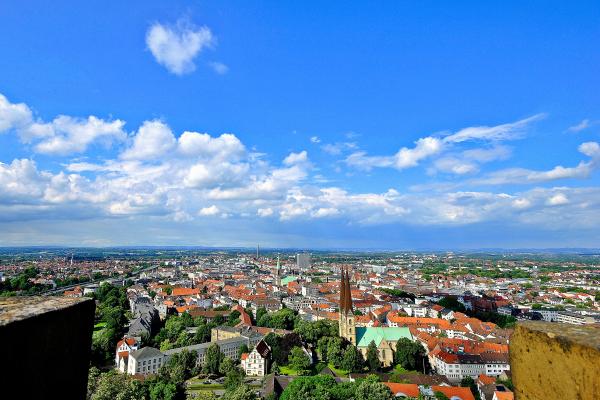
Bielefeld started its project “altstadt.raum” (‘old town space’) in January 2021, with the main objective being to strengthen the functions of the Old Town as an attractive and liveable space for socialising, leisure activities, culture, trade and gastronomy.

The City of Brno has designed and developed a tool that aims to help mobility planners attain an overview of the potential impact of the mobility measures put in place as part of their SUMP.
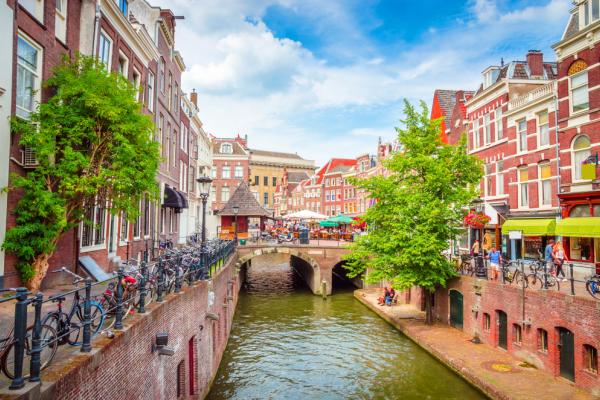
The Dutch city of Utrecht has been successful in promoting the use of sustainable means of transport over recent years, and this case study looks at the city’s mobility policy and plans in its latest SUMP.
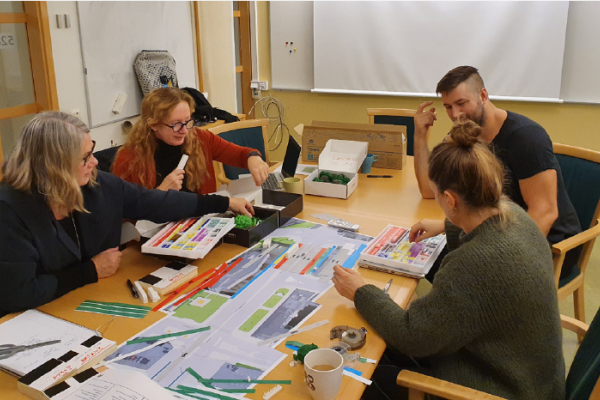
The EU-funded MORE project (Multi-modal optimisation for road-space in Europe) has developed a comprehensive process for the allocation of road space. It considers the impact on all road users, while also taking into account cities’ economic, social, and environmental objectives.

This case study presents a best practice example of the local governance and legal aspects of micromobility, and more specifically, of free-floating electric scooters (e-scooters), in the city of Paris.
